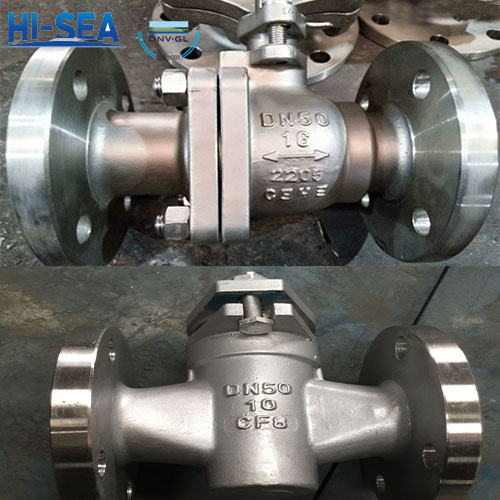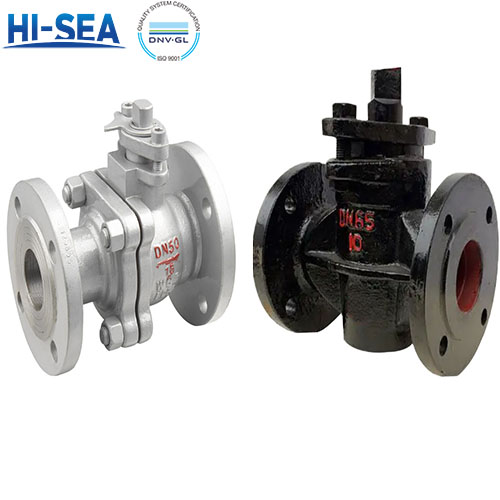
The Application Difference Between Plug Valve and Ball Valve
Plug valves are generally used in situations with higher sealing requirements, but generally have smaller diameters, while ball valves can be used in more and wider industrial situations.
Overview
When used for cutting off, plug valves have slightly better adjustment capabilities than ball valves, but the advantages are limited. Although the sealing surface of plug valves is much larger than that of ball valves and the sealing effect is good, it also brings the disadvantages of too large torque and inflexible action. , the conventional positive cock structure is difficult to achieve a large diameter due to the influence of the cock's own weight.
If you want to use a large-size valve, you must use an inverted cock structure, that is, the big end of the cock is facing down. In this way, the sealing effect will inevitably be reduced under the action of gravity, so you have to use grease injection to seal. The injected grease causes this kind of valve to only It is used for the storage and transportation of natural gas and oil, but cannot be used in other industries because grease will contaminate the medium. Although the sealing effect of ball valves is slightly worse in theory, they can be made into large diameters. With the improvement of processing accuracy and sealing materials, the sealing effect of ball valves can well meet the requirements of practical applications, and the application range is wider. When used for adjustment, there is not much difference between the two. Appropriate holes can be made on the rotating body for adjustment.
Therefore, plug valves are generally used in situations with higher sealing requirements, but generally have smaller diameters, while ball valves can be used in more and wider industrial situations.
Differences in media: Plug valves can be used for media with particles, but ball valves cannot.
Imges of Plug Valve and Ball Valve






